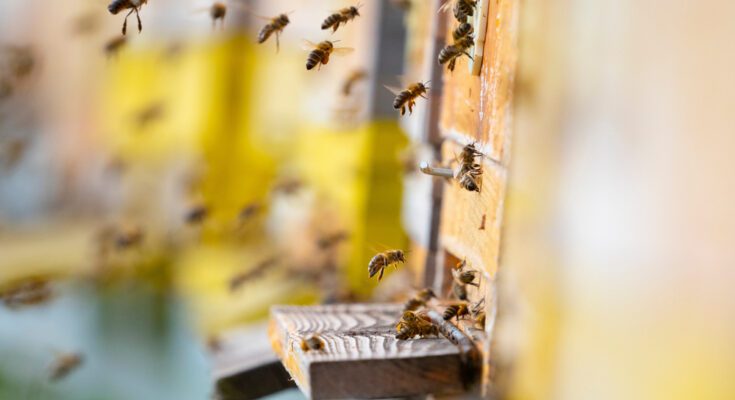Bees are often seen buzzing from flower to flower, but have you ever wondered what goes on inside their fascinating hives? A beehive isn’t just a simple community; it’s an organized society where every member plays a critical role. Together, they create a powerhouse of productivity and survival. If you’ve ever been curious about the various roles of bees in a hive and how they work together, you’re in for an enlightening read.
The Queen Bee: The Leader of the Hive
The queen bee is the heart and soul of the hive. Contrary to what her title might suggest, she isn’t a domineering ruler barking out orders. Instead, her primary role is reproduction. One might even call her the hive’s dedicated mother. A single queen can lay up to 2,000 eggs a day during peak season, which means she’s busy ensuring the colony’s future.
But her importance doesn’t stop there. Through the release of pheromones, the queen communicates with the rest of the hive. These “chemical messages” help maintain unity and balance within the colony. While she doesn’t make decisions about day-to-day operations, her presence is critical for hive stability.
Worker Bees: The Backbone of the Colony
The title of “busiest bee” goes to the worker bees, and for good reason. These females handle almost every task that keeps the hive running smoothly. From collecting nectar and pollen to feeding larvae and guarding the hive, worker bees do it all.
What’s even more fascinating is that their responsibilities shift as they age. Young worker bees often start their lives nursing larvae, while older ones take on more dangerous tasks like foraging. Every single job they perform maximizes the hive’s overall efficiency and success. It’s safe to say that without the hard work of these bees, the hive would collapse.
Drone Bees: The Mates of the Queen
The role of a drone bee is simple yet vital. These males exist solely to mate with a queen bee during her nuptial flight. While their purpose might not seem as versatile as that of worker bees, it’s essential for the survival of the species.
Drone bees don’t gather food or participate in hive maintenance, which makes them unique within the colony. Interestingly, once the mating season ends, drones are often expelled to preserve resources for the hive during lean times. Their short-lived contribution is crucial, but their stay in the hive is anything but permanent.
The Division of Labor: How Bees Work Together
What makes a beehive so extraordinary is its seamless division of labor. Every bee, from the queen to the workers and even the temporary drones, has a specific task that contributes to the hive’s overall success. Worker bees, for instance, perform a “waggle dance” to communicate the best foraging locations to their hive-mates. Meanwhile, the queen focuses solely on reproduction while releasing pheromones that promote order.
This cooperative system has been perfected over millions of years of evolution. It’s a testament to how even the smallest creatures can achieve incredible results when they work together toward a common goal.
The Importance of Every Bee’s Role
From the nurturing queen to the resilient worker bees, and yes, even the often-overlooked drone bees, every bee plays a crucial role in the hive. Bees demonstrate that every task is significant, no matter how big or small it might seem. Without their collaborative efforts, nature’s ecosystems—including essential crop pollination—would simply fall apart.
Feeling inspired by the amazing social fabric of bees? Maybe it’s time we learn from their teamwork and apply it to our daily lives. There’s so much we can achieve when every individual plays their part to the fullest. Talk about some real buzz-worthy lessons!



